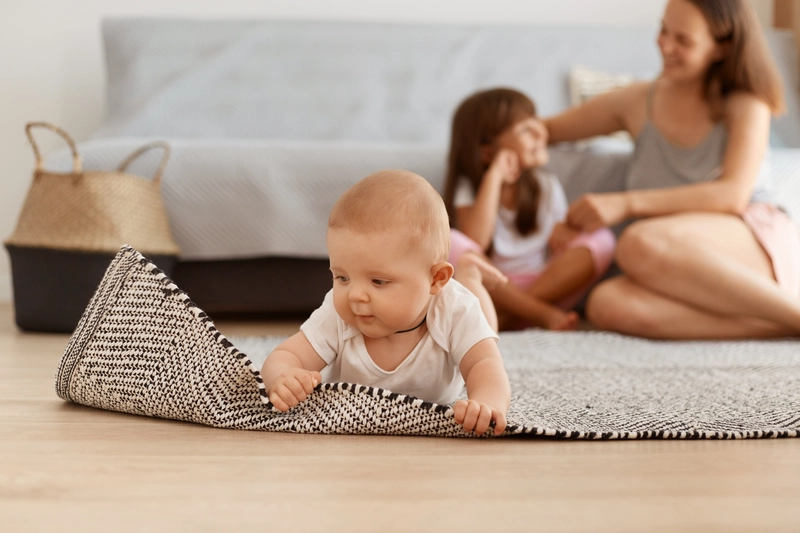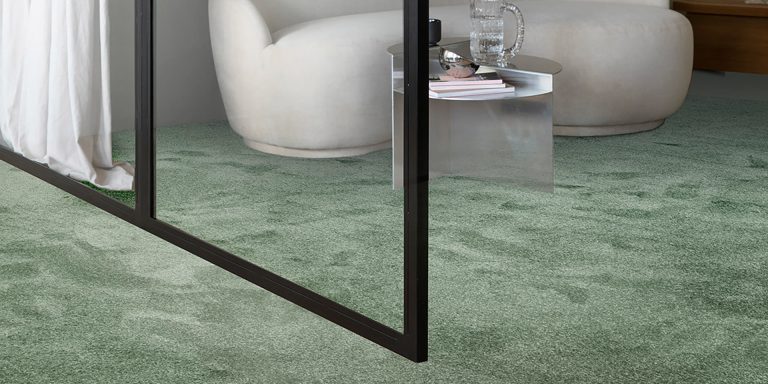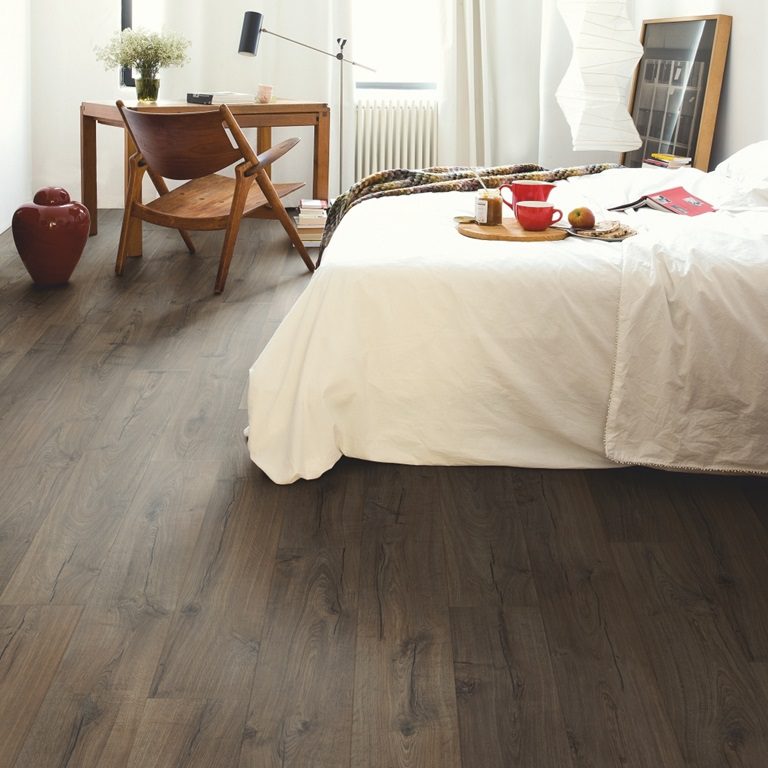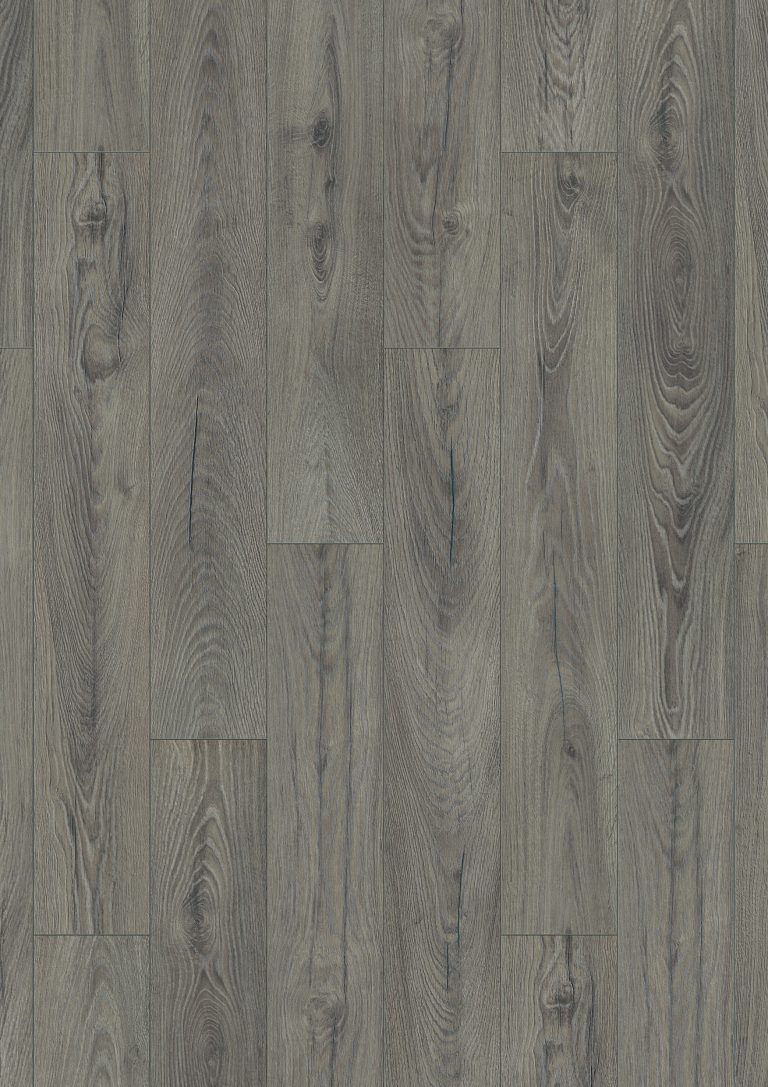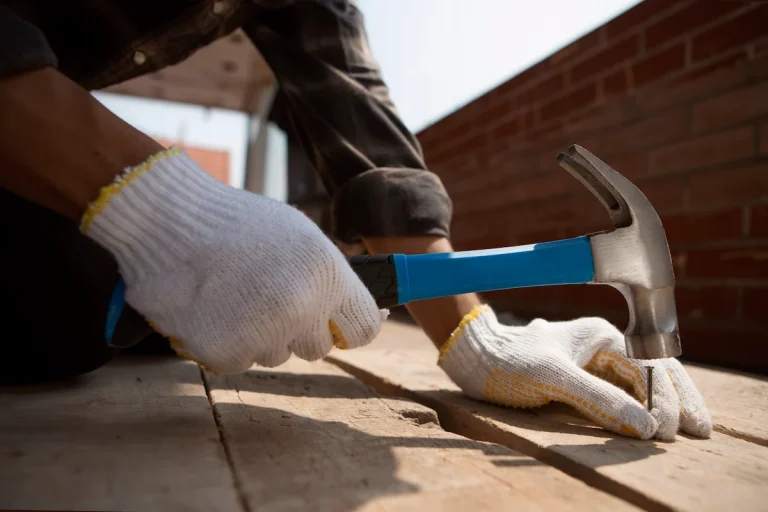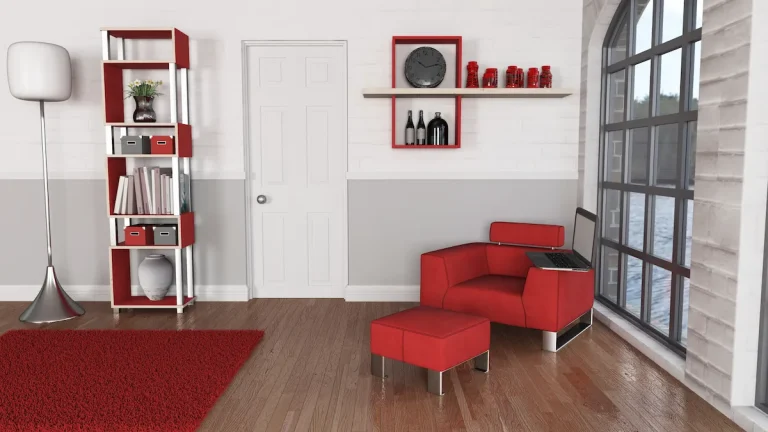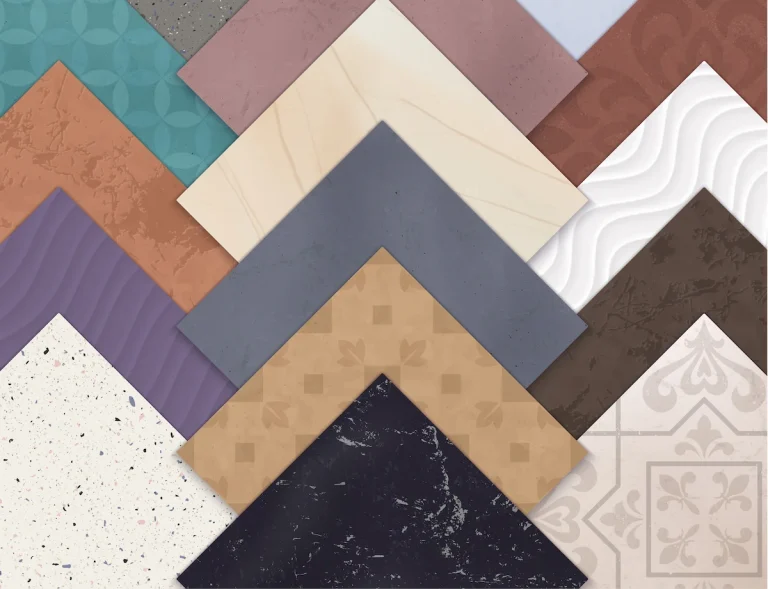Carpeting a room is one of the most effective ways to enhance its comfort, warmth, and aesthetic appeal. If you’re considering carpeting a 12×12 room in the UK, you’re likely wondering about the costs involved. The price to carpet a 12×12 room can vary significantly depending on factors like carpet type, underlay quality, fitting charges, and additional accessories. In this comprehensive guide, we’ll break down the costs, provide practical tips, and help you make an informed decision for your flooring project.
Factors That Affect Carpet Costs
Several key elements influence the cost of carpeting a 12×12 room in the UK. Let’s explore each one in detail:
1. Type and Quality of Carpet
The material and quality of the carpet significantly impact the price. Here’s a breakdown of common carpet types available at TEKA Flooring:
- Polypropylene Carpets: These are budget-friendly, stain-resistant, and ideal for high-traffic areas or homes with pets and children. Prices typically range from £8–£12 per m².
- Wool or Wool-Blend Carpets: These offer a luxurious, soft feel and excellent insulation but come at a higher cost, typically £18–£35 per m² for mid-range options and £40+ per m² for premium choices.
- Luxury Carpets: High-end options like deep pile or specialist weaves, such as those from brands like Victoria Carpets’ Luxuria Collection, can cost £40–£100+ per m² for superior durability and elegance.
For a 12×12 room (approximately 13–14 m²), the carpet material alone could cost:
- Budget: £104–£168
- Mid-Range: £234–£490
- Luxury: £520–£1,400+
2. Size and Shape of the Room
A 12×12 room measures roughly 3.6m × 3.6m, requiring approximately 13–14 m² of carpet. For a perfectly square room, calculations are straightforward. However, irregular shapes, alcoves, or bay windows may increase material needs due to cutting and fitting, potentially adding 10–20% to the carpet cost for wastage.
3. Carpet Underlay
Underlay enhances comfort, insulation, and carpet longevity. Underlay prices depending on thickness and material (e.g., PU foam, rubber, or felt). Investing in quality underlay, such as a denser rubber or felt option, can extend your carpet’s lifespan by up to 50%.
4. Professional Carpet Fitting
Professional installation ensures a flawless finish. UK carpet fitters typically charge £3–£6 per m², translating to £40–£80 for a 12×12 room. Additional services, such as:
- Furniture removal: £20–£50 per room
- Old carpet disposal: £1–£2 per m² (£13–£28 for a 12×12 room)
- Door trimming: £10–£20 per door
These extras can add £50–£100 to the total fitting cost, depending on the complexity.
5. Additional Accessories
Small but essential items like grippers, door bars, adhesives, and edge trims are necessary for a polished look. These typically cost £20–£50 per room, depending on the quality and quantity required.
Average Cost to Carpet a 12×12 Room in the UK
Based on TEKA Flooring’s data, here’s a breakdown of the total cost to carpet a 12×12 room, including carpet, underlay, fitting, and accessories:
- Budget Option:
- Carpet: £104–£168 (polypropylene, £8–£12 per m²)
- Underlay: £52–£70 (£4–£5 per m²)
- Fitting: £40–£80 (£3–£6 per m²)
- Accessories: £20–£30
- Total: £216–£348
- Mid-Range Option:
- Carpet: £234–£490 (wool-blend, £18–£35 per m²)
- Underlay: £70–£112 (£5–£8 per m²)
- Fitting: £40–£80 (£3–£6 per m²)
- Accessories: £20–£40
- Total: £364–£722
- Luxury Option:
- Carpet: £520–£1,400+ (wool or premium, £40–£100+ per m²)
- Underlay: £112–£140 (£8–£10 per m²)
- Fitting: £40–£80 (£3–£6 per m²)
- Accessories: £30–£50
- Total: £702–£1,670+
These estimates align with TEKA Flooring’s guidance, which states that costs for a 12×12 room typically range from £300 to over £800, depending on material quality and installation preferences.
Tips to Save on Carpeting Costs
- Shop Around: Compare quotes from multiple suppliers like TEKA Flooring and local retailers to find competitive prices.
- Measure Accurately: Use a carpet calculator (available on sites like Tapi Carpets) to avoid over-ordering and reduce wastage.
- Consider DIY Fitting: If you’re skilled, DIY installation can save £40–£80, but professional fitting ensures a better finish and may prevent costly mistakes.
- Choose Durable Materials: Opt for stain-resistant polypropylene for high-traffic areas to minimize maintenance costs.
- Buy in Bulk: Carpeting multiple rooms at once often reduces labour costs per square metre.
- Check for Promotions: Look for discounts on carpet or underlay, such as Carpetright’s “50% off underlay” deals, to lower your overall expenses.
Why Choose TEKA Flooring?
At TEKA Flooring, you’ll find a wide selection of high-quality carpets from trusted brands like Victoria Carpets, Abingdon Carpets, and Cormar Carpets. Their professional fitting services ensure a seamless installation, and their expertise helps you choose the perfect carpet for your budget and lifestyle. Whether you’re looking for an affordable polypropylene carpet or a luxurious wool option, TEKA Flooring offers solutions to suit every need.
The cost to carpet a 12×12 room in the UK typically ranges from £300 to £800+, depending on the carpet type, underlay, fitting, and accessories. By choosing quality materials and professional installation from suppliers like TEKA Flooring, you can achieve a durable, stylish, and comfortable result that enhances your home’s value and appeal.
For a personalized quote or to explore carpet options, visit TEKA Flooring store now or contact their team for a free consultation. Transform your 12×12 room with confidence and stay within your budget!


























